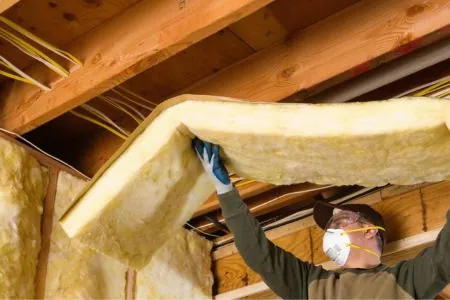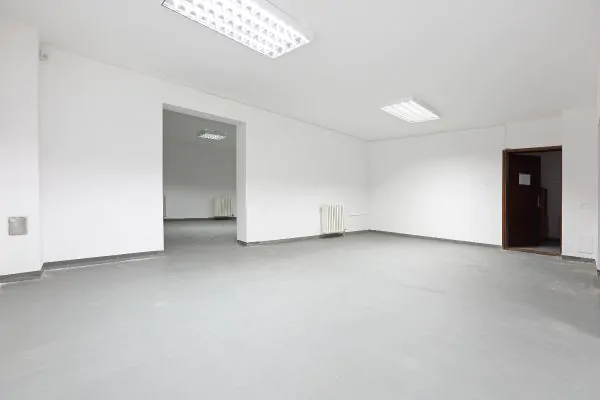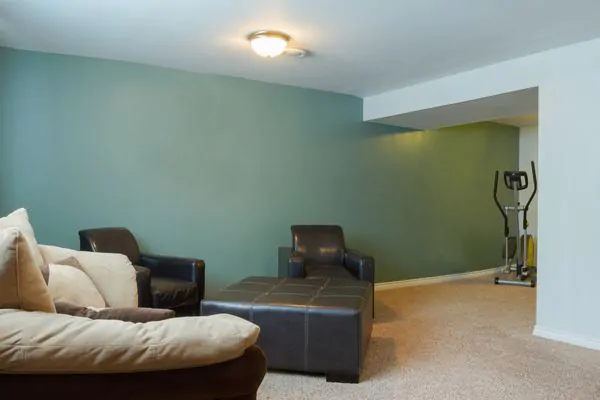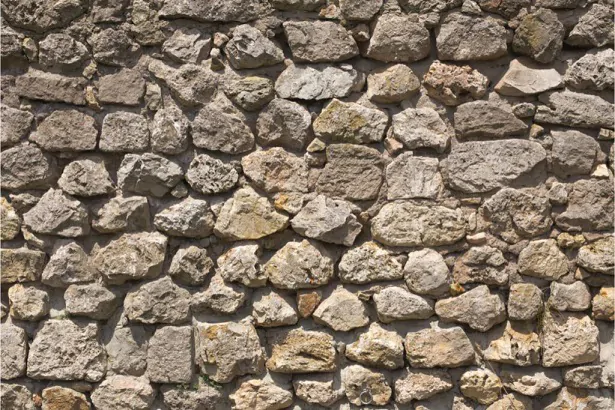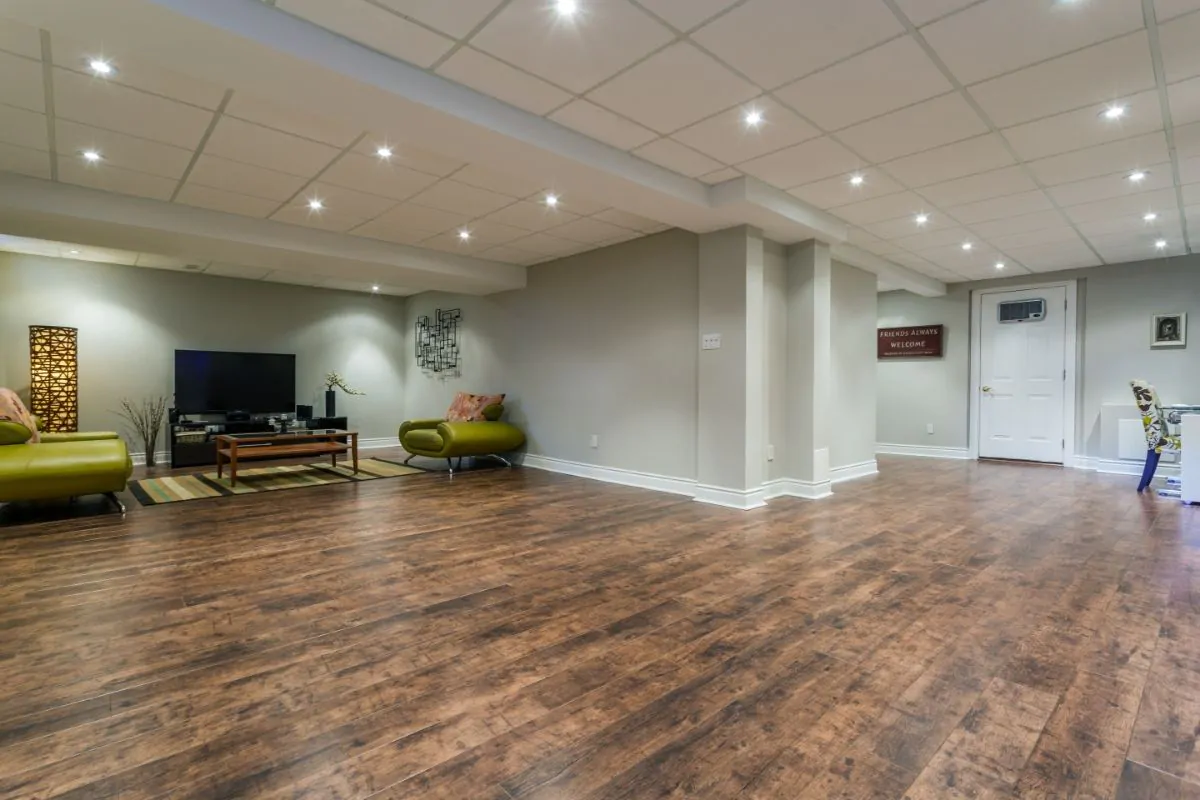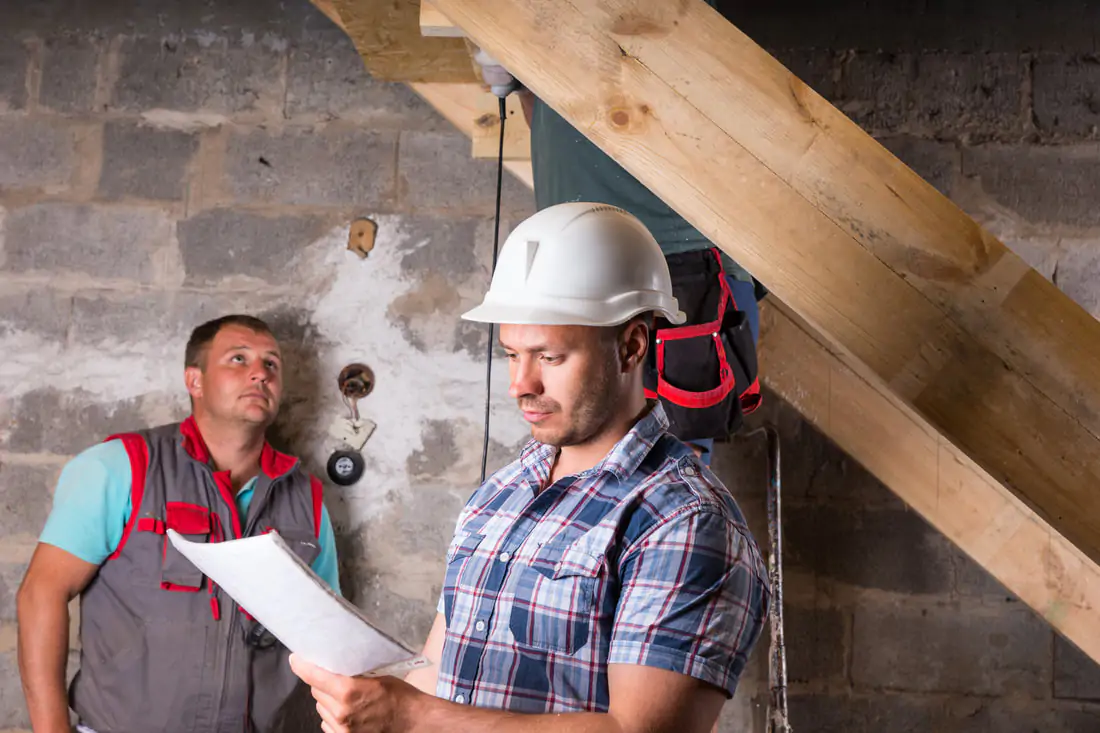When considering home renovations, the thought of replacing basement windows often takes a backseat to more glamorous upgrades.
Yet, these humble portals play a pivotal role in a home’s energy efficiency, security, and overall aesthetic appeal.
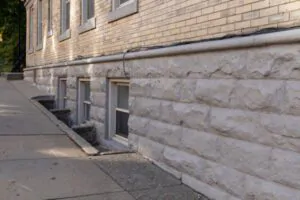
From letting in natural light to providing an escape route in times of emergency, the windows nestled below ground level deserve attention.
Exploring the types of basement windows can reveal unexpected opportunities to enhance your home’s functionality and style.
Keep reading to discover the ideal basement window options to suit both your practical needs and design aspirations.
I. Why Basement Windows Matter
A home’s foundation is often considered its backbone, and the windows embedded within its lower recesses serve not merely as aesthetic touchpoints but as critical components for ventilation and natural light. Selecting the right types of basement windows transcends mere preference; it entails a thoughtful consideration of both form and function. Often understated, these windows dramatically affect a dwelling’s energy efficiency and livability.
When one contemplates replacing small basement windows, or any basement window types for that matter, they are met with a convergence of practical implications and design choices. The task calls for a delicate balance between enhancing the basement’s visual appeal and meeting the legal egress requirements, which provide a safe escape route during emergencies.

Over the years, homeowners have witnessed a significant evolution in basement window options. What where once were simple, unassuming openings, now stand advanced, energy-efficient units capable of deterring water infiltration, resisting thermal transfer, and enduring harsh subterranean conditions while preserving aesthetic integrity.
When it comes time to replace a basement window, the undertaking is not simply a matter of removal and installation; it is an invitation to re-evaluate the home’s energy dynamics. The installation process also provides a prime opportunity to address any underlying issues, such as water damage or insulation deficiencies, which might have gone unnoticed.
The task of replacing basement windows presents a unique set of challenges that requires careful planning and precision. Professionals equipped with the knowledge of building codes, precise measurement techniques, and the nuances of different basement window types ensure that the project enhances both the home’s appearance and its performance for years to come.
II. Popular Basement Window Styles
The casement window is a perennial favorite among basement window styles, thanks to its hinged design that allows for full aperture opening and ensures maximum airflow—a welcome feature in areas prone to dampness. Its built-in locking mechanisms also provide an additional layer of security to the below-ground sanctuary.
Sliding windows have garnered appreciation for their space-efficient design, facilitating ventilation and light entry without encroaching upon the limited square footage typical of basement environments. The lateral operation negates the need for outward space, making it an ideal choice for walkways or compact areas.
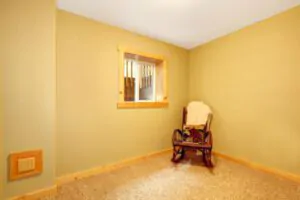
Glass block windows offer a textural element that can elevate the aesthetic of a basement space, while their sturdy construction promotes privacy and resilience. Their ability to diffuse light adds a soft, warm glow, enhancing the ambiance without compromising on insulation.
Egress windows stand out as a crucial fitting in any basement setting, designed explicitly to provide safe and accessible exits in case of emergencies. These windows are constructed not only to meet stringent safety standards but also to augment the light and openness of oftentimes confined basement areas.
Hopper windows, with their inward-tilting operation, are especially advantageous in basements due to their compact design and the ease with which they enable airflow. When closed, they create a tight seal, making them an effective choice for promoting energy efficiency and preventing water entry.
III. Simplicity and Security
Acknowledging the significance of simplicity and security in basement window selection streamlines not only the process but ensures seamless incorporation into a home’s safety framework. Modern homeowners prize both the ease of use and the peace of mind that come with well-designed basement windows. Such features distinguish the best approaches to safeguarding against environmental and human threats alike.
Security features in newer basement window designs often include reinforced frames and lock systems that deter potential intrusions. These advancements work in tandem with the window’s core functions, neither diminishing its aesthetic appeal nor its operational fluidity and are seen as indispensable by safety-conscious residents.
The installation of a basement window can be a transformative process, enhancing the room’s ambiance with an infusion of daylight while simultaneously fortifying it against external elements. A window that balances simplicity in design with robust security measures exemplifies modern innovation tailored to homeowner preferences.
Basement areas generally require a no-fuss approach to design owing to their unique position in a home’s structure. Therefore, manufacturers strive to combine straightforward functionality with durability in their basement window options, ensuring homeowners can maintain them with relative ease while benefitting from long-lasting security.
Ultimately, the aim of incorporating simplicity and security into the selection and installation of basement windows is to provide occupants with a tranquil yet resilient below-ground space. These attributes are the silent guardians of any basement, promoting a stress-free, safe environment that forms the bedrock of a comfortable home.
IV. Ventilation Powerhouses
Ventilation is a pivotal element in basement design, and the choice of windows plays a starring role in sustaining air quality underground. Casement windows, with their ability to swing wide open, become prime candidates for ushering in fresh air and expelling stagnant moisture-laden atmospheres. The balance they strike between function and form denotes an understanding of the diverse needs within a basement’s confines.
Sliding windows, favored for their minimalistic footprint, contribute significantly to the ventilation equation. Their design allows residents to control the flow of air with ease, making it possible to coax a breeze into the lower level of the home, even in limited spaces. As they glide effortlessly along their tracks, these windows reflect an intersection of practicality and contemporary living.
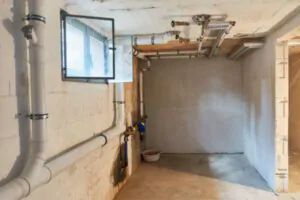
With their distinctive inward tilt, hopper windows have emerged as ventilation powerhouses in basements. This type of window creates an effective channel for fresh air, its unique opening angle maximizing the exchange while minimizing the space required. Their presence often signals a homeowner’s commitment to a comfortable and health-conscious basement environment.
Egress windows, while essential for safety, also serve as considerable conduits for air circulation. Their substantial size and operability cater not only to the regulations of safe exit but also to the organic airflow that is crucial in subterranean settings, proving that safety features can indeed coexist with comfort-enhancing attributes.
Each basement window option offers a unique ventilation profile, underscoring the importance of choosing the right type to suit individual needs. Whether through the broad opening of a casement window or the subtle tilt of a hopper, these windows become the lungs of the basement, providing a continuous cycle of freshness impenetrable to the often stagnant air found below grade.
V. Safety First with Emergency Escape Windows
Safety considerations are paramount when assessing basement living spaces, with emergency escape windows standing as a non-negotiable feature. These essential windows are specifically designed to serve as a vital exit point during emergencies, thereby aligning homeowners with essential building safety codes.
Egress windows, as these escape routes are commonly known, not only enhance the safety profile of a home but also contribute to its aesthetic and functional appeal. They are engineered to be easily operable from the inside without the use of keys or tools, ensuring a swift and unencumbered escape when necessary.

The installation process for egress windows demands precision and adherence to regional regulations governing their size and accessibility. Professional contractors, familiar with the intricacies of such requirements, are instrumental in ensuring these windows meet the mandatory standards for safety and practicality.
Incorporating emergency escape windows into the design of a basement not only elevates the space’s safety but also invites natural light and improves ventilation, thus achieving a dual purpose. Through their sizable openings, these windows act as a conduit for fresh air and daylight, enhancing the basement’s overall livability.
Ultimately, prioritizing the inclusion of emergency escape windows in a basement’s design reflects a homeowner’s commitment to creating a secure and habitable environment. These windows are a critical component, ensuring peace of mind for occupants by providing a reliable escape route while simultaneously contributing to the space’s comfort and legal compliance.
VI. Modern Options for Contemporary Basements
The contemporary homeowner’s quest for a modern and inviting basement is often met with an array of innovative basement window options, each offering unique features and benefits tailored to the modern aesthetic and functional demands of today’s living spaces.
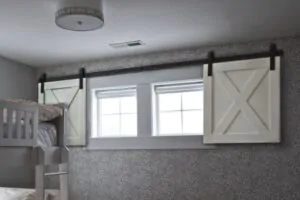
From sleek, minimalist frames that mesh with cutting-edge architectural styles to premium materials designed for durability and efficiency, the plethora of choices set the stage for transformative possibilities.
This introductory passage paves the way for deeper exploration into the sophisticated world of basement window frameworks and the pivotal decision between undertaking a replacement project as a DIY endeavor or engaging the expertise of a professional installer.
A. Modern Options for Contemporary Basements
The evolution of architectural trends and homeowner needs has given rise to a diverse spectrum of modern options for basement windows. Thriving on innovation, this segment has introduced windows with slim profiles that amplify the natural light ingress whilst maintaining robust insulation properties.
Manufacturers have responded to the shifting landscape with offerings that integrate seamlessly into smart home systems. Basement windows now often come with the capability of remote operation, enhancing convenience and control for homeowners keen on integrating their windows into their broader home automation setups.
Energy efficiency holds a prime spot in contemporary basement window design, leading to the adoption of high-tech glazings that mitigate UV penetration and thermal loss. This focus on sustainability goes hand in hand with elegant designs that do not compromise on the external aesthetic of the home, representing a marriage of ecology and style in basement renovation projects.
B. Choosing the Right Frame for Your Basement Windows
Choosing the appropriate frame for basement windows is an exercise in balancing durability with aesthetics. Materials like vinyl and fiberglass are lauded for their resistance to moisture and decay, key attributes for withstanding the rigors of subterranean conditions. These robust frames promise longevity and minimal maintenance, aligning with the pragmatic needs of a basement setting.
Aluminum frames have emerged as a sleek alternative, lending a contemporary edge to basement apertures. Renowned for their strength and slim profile, they allow for wider expanses of glass within the same opening, maximizing the entry of natural light while contributing to a modern, streamlined look.
Choosing wood frames adds a traditional charm to a basement’s interior, although they may require more upkeep to guard against environmental wear. Wood’s innate insulating properties promote a warm, organic feel, appealing to those who wish to imbue their basement space with a sense of homey comfort.
C. Installation Insights: DIY or Hire a Pro?
Sifting through the intricacies of basement window installation can lead homeowners to grapple with the choice between DIY and professional services. The allure of self-installation often lies in potential cost savings, with savvy DIY enthusiasts eager to tackle the project underpinned by a wealth of online tutorials and resources.
Professional installation, on the other hand, promises precision and peace of mind, with seasoned experts bringing their understanding of local building codes and best practices to every project. This expertise is not just about putting a window into an opening; it encompasses a holistic approach that includes evaluating structural integrity, waterproofing, and ensuring optimal insulation.
The decision between DIY and enlisting professional help ultimately hinges on an honest assessment of one’s own skills, the complexity of the installation, and the value of warranties and craftsmanship guarantees. For homeowners seeking assurance that their basement windows stand the test of time and elements, professional installation provides an investment in quality and durability.
Conclusion
In conclusion, basement windows serve as a vital aspect of a home’s foundation, contributing to ventilation, natural light, and energy efficiency.
They offer a unique blend of aesthetic appeal and functional necessity, balancing design with practical considerations like egress safety requirements.
Modern basement window styles, such as casement, sliding, glass block, hopper, and egress windows, cater to diverse needs, augmenting security, simplicity, and ventilation.
With advancements in window technology, homeowners can enhance the safety and livability of their basements, integrating contemporary designs that synchronize with smart home systems and prioritize energy efficiency.
Choosing the right window type and frame material is crucial for durability and maintenance, while the decision between DIY and professional installation impacts the quality and longevity of window replacements.
Basement windows are, unmistakably, the unsung heroes of a comfortable, secure, and modern home.

